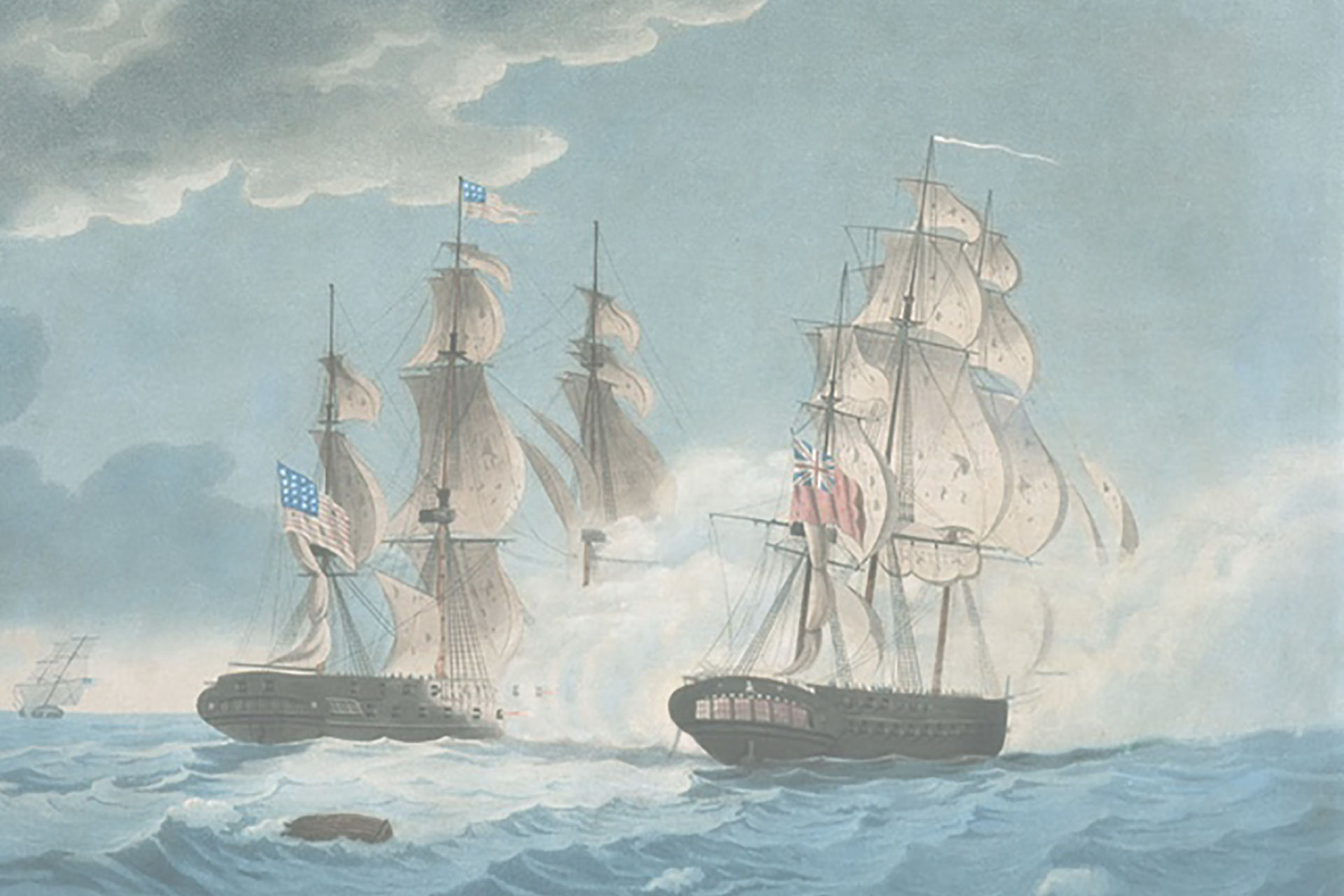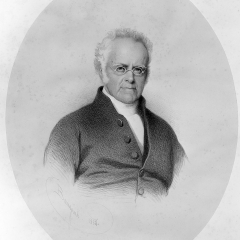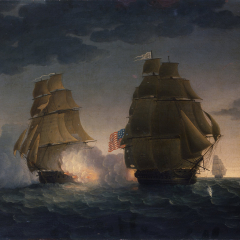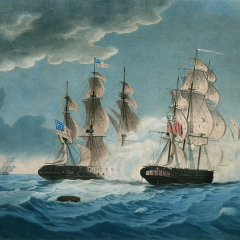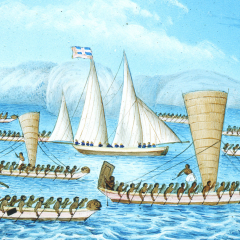I am Henry
Henry Williams
1792-1867
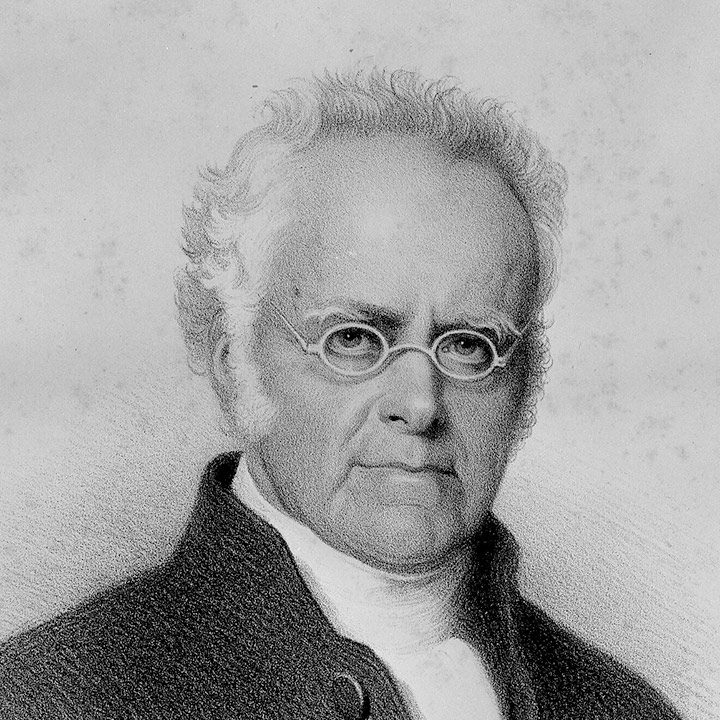
I am Henry
Henry Williams
1792-1867
Hapu
Williams clan
Iwi
Welsh/English
Mahi (Work)
Missionary, Church Missionary Society/ Anglican
Tell us about your early life…
I was born in 1792, in Gosport, south England, near Britain’s main naval base at Portsmouth. My parents were Thomas Williams, a hosiery merchant, and Mary Marsh. Both my parents’ families attended Dissenting chapels when I was young – they were not Church of England/Anglican.
When I was about 12 years old, my father died. To financially support our family, and because she was a well-educated woman, my mother started a boarding school for girls at our home.
My grandfather Marsh was a Captain in the Royal Navy. Several of my uncles also served. As a boy, I dreamed of going to sea, and built a model of a ‘ship of the line’ – one of His Majesty’s naval ships. At 14, I joined the Royal Navy as a midshipman.
I was with the navy for about nine years. When I retired on half-pay at the age of 23, I had recently passed the examinations for lieutenant. In my service I saw many places around the world, including Europe, the East Indies, Africa, and the Americas. I experienced several close quarter cannon battles and hand-to-hand combat on ship. On one of these occasions, off the east coast of the United States, our ship, HMS Endymion, overcame and captured an American ship, USS President. As one of the prize crew chosen to sail the USS President back to England, we overcame a rising from the American prisoners and an Atlantic storm; we finally reached Portsmouth in a severely battered state in 1815. (This was towards the end of the war of 1812-15 between Britain and the United States.)
These experiences served me well in handling rough seas and battle conditions on peace-making missions amongst Māori in New Zealand. We also ended up building a ship, the Herald, on the beach at Paihia (launched in 1826).
My cousin was an Anglican minister who was involved in the Church Missionary Society (C.M.S.). He got me interested in mission work amongst peoples of the world who had never heard the good news of Jesus Christ. Something stirred within me. After a period of training, and marriage to Marianne Coldham, who I met when my family moved to Nottingham, we sailed for New Zealand via New South Wales, arriving in 1823.
What were your life’s achievements?…
I regard one of my greatest achievements in life as loving my wife and raising eleven children to be moral and enterprising contributors to New Zealand society. One of my sons (Samuel) started Te Aute College. Another son (Henry jnr.) sat in the Upper House (Legislative Council) of the Colonial Parliament in Wellington. My oldest son (Edward) was a Resident Magistrate for the wider Bay of Islands, and became a judge of the Native Land Court. One of my daughters (Katherine) married Octavius Hadfield, and the two of them led an outstanding missionary enterprise on the Kāpiti Coast.
Another of my achievements was getting the mission to focus on learning the native language and translation of the Bible and Prayer Book – Te Rawiri as the New Zealanders (Māori) call it. Once my brother, William, arrived he took over this work, which by 1837 had led to the printing at Paihia of the entire New Testament. But we also printed tens of thousands of copies of the Prayer Book/ Te Rawiri.
Toughest challenge?…
Probably my toughest challenge was the battles with Governor Grey and the London Committee of the C.M.S. over the missionaries’ land purchases in New Zealand. We needed to provide for our growing families, in a situation where there were few ways to make a living. I acquired from local rangatira, including Te Morenga, Samuel Marsden’s old friend, land for my family at Pākaraka and Pouērua. I submitted to the Lands Claims Commissioner purchases totaling 11,000 acres. Initially the Government granted me around 7,000 acres, however Governor FitzRoy adjusted the initial grant to 9,000 acres (divided among most of my 11 children). I refused to relinquish these grants to Governor Grey. The C.M.S. believed the Governor more than their own missionaries and dismissed me from the C.M.S. This hurt badly, but I believed in God’s calling, and retreated to Pākaraka, where I carried on my mission work. The C.M.S. eventually issued an apology, and I believe other apologies have been issued over the years to my descendants, which has relieved the pain of this experience.
What is your closing message for us?…
After Marianne and I retreated to Pākaraka in 1850, I wrote a circular letter to my Māori congregations. The language of this reveals I was in a state of deep feeling. A part of this letter read:
ka koroheketia ahau, otiia matatau tonu ano taku ngakau ki te korero i nga mea o te Atua, i nga mea o te Rangi. Tuhituhi mai ra ki au, kia piri tonu ki te Atua nana anake te kupu pono, he kupu teka noa to te tangata, matua rapu i te Rangtiratanga o te Atua, me tona tikanga, a ka hoatu hoki ki a koutou ara atu mea katoa.
(Translation: I am getting old, but my heart is still alive to speak of the things of God and of Heaven. Write to me. Keep near to God: His word alone is true; the word of man is false. Seek first the Kingdom of God and His Righteousness, and all things else shall be added unto you.)
The Lord blessed my later years. In the years after moving to Pākaraka, I baptised hundreds of Māori, including at Kawakawa and Kororareka. Various rangatira of note came forward for baptism in these years, including the great warrior, Kawiti.
REFERENCES
Hugh Carleton, The Life of Henry Williams, 2 vols. (Auckland: Upton & Co, 1874, 1877) [see copies at http://www.enzb.auckland.ac.nz/browse.php]
Robin Fisher, ‘Williams, Henry’, Dictionary of New Zealand Biography, first published in 1990. Te Ara – the Encyclopedia of New Zealand, https://teara.govt.nz/en/biographies/1w22/williams-henry (accessed 19 October 2020).
L. M. Rogers, Te Wiremu: A Biography of Henry Williams (Christchurch: Pegasus, 1973).
N. T. H. Williams, ‘The Williams Family in the 18th and 19th Centuries’, 2003, MS 2007/66, Auckland Museum Library.
Written by S. Carpenter. © Karuwhā Trust 2020
Note: this interview style ‘autobiography’ has been written based on historical data and all quotations are based on actual archival documentation or (occasionally) family oral tradition; artistic or interpretive license has of course been taken with the style or ‘voice’ of the subject person. References are given for further reading and research purposes.
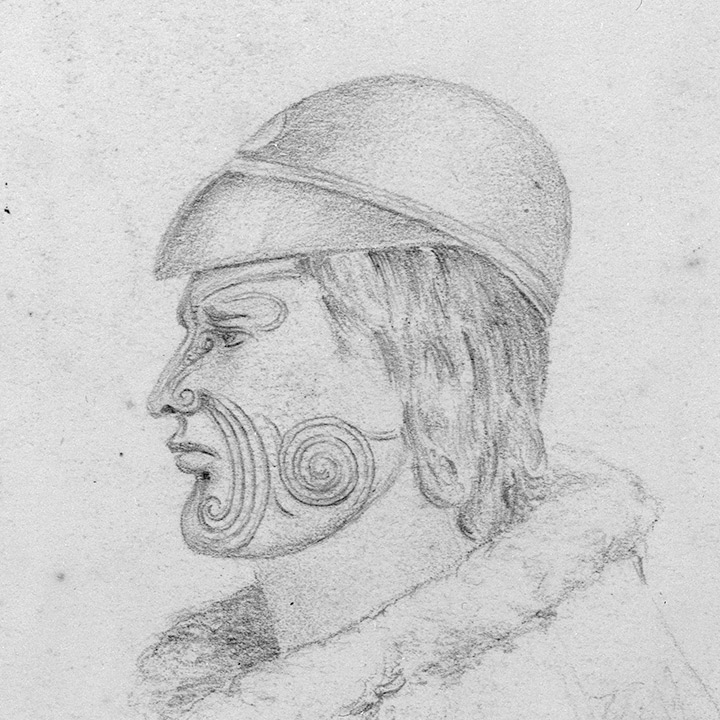
Hone Heke
“I was born at Pākaraka, near the maunga Pouērua, inland from Pēwhairangi – what the Pākehā call the Bay of Islands. I was given the name Pōkai after my mother’s brother...”
Read more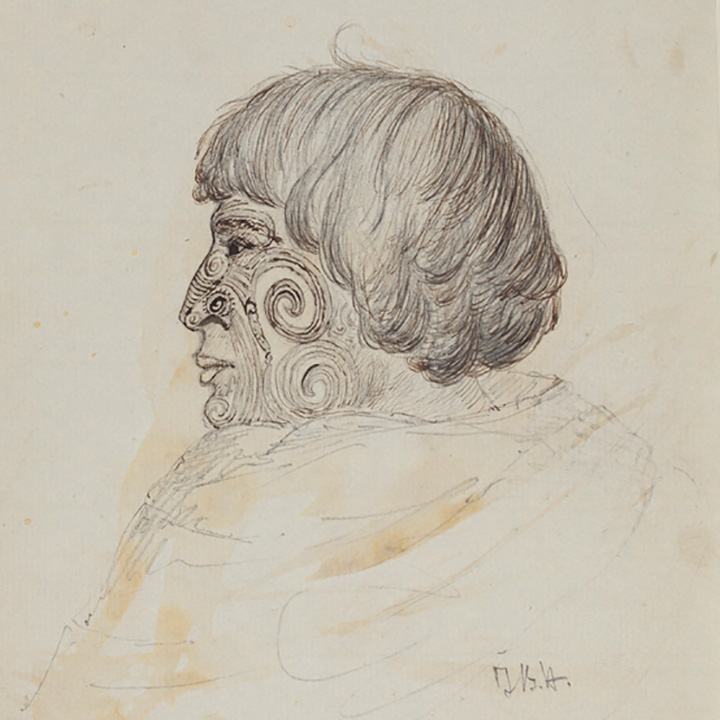
Rāwiri Taiwhanga
"I do not know when I was born in terms of the years since our Lord’s birth “A.D.”. When I died in the 1870s, however, some Pākehā thought I was 100 years old..."
Read more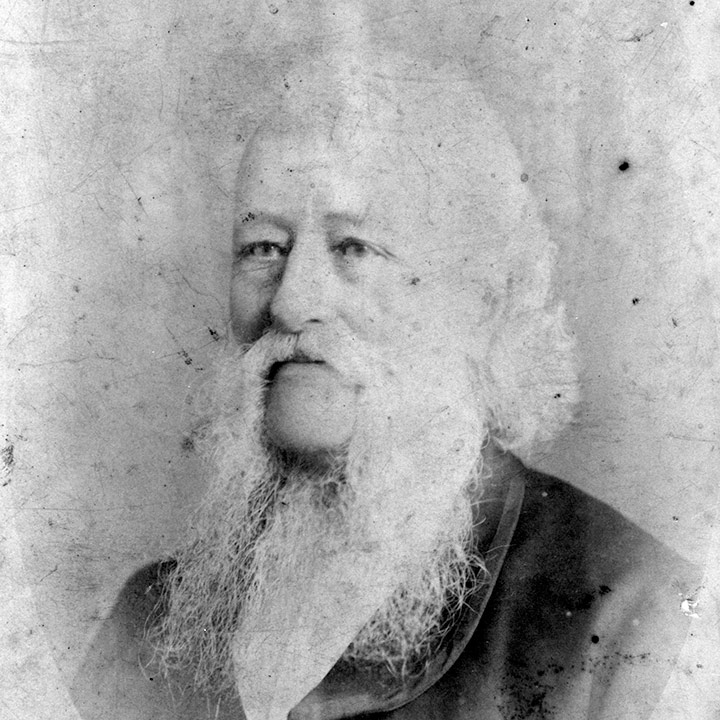
William Colenso
"I was born and raised in the town of Penzance, Cornwall, in the south-west corner of England. My father was a town councillor and earned his living making and..."
Read more